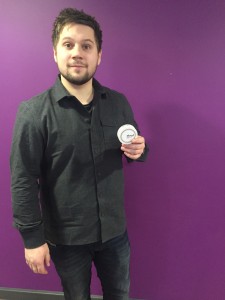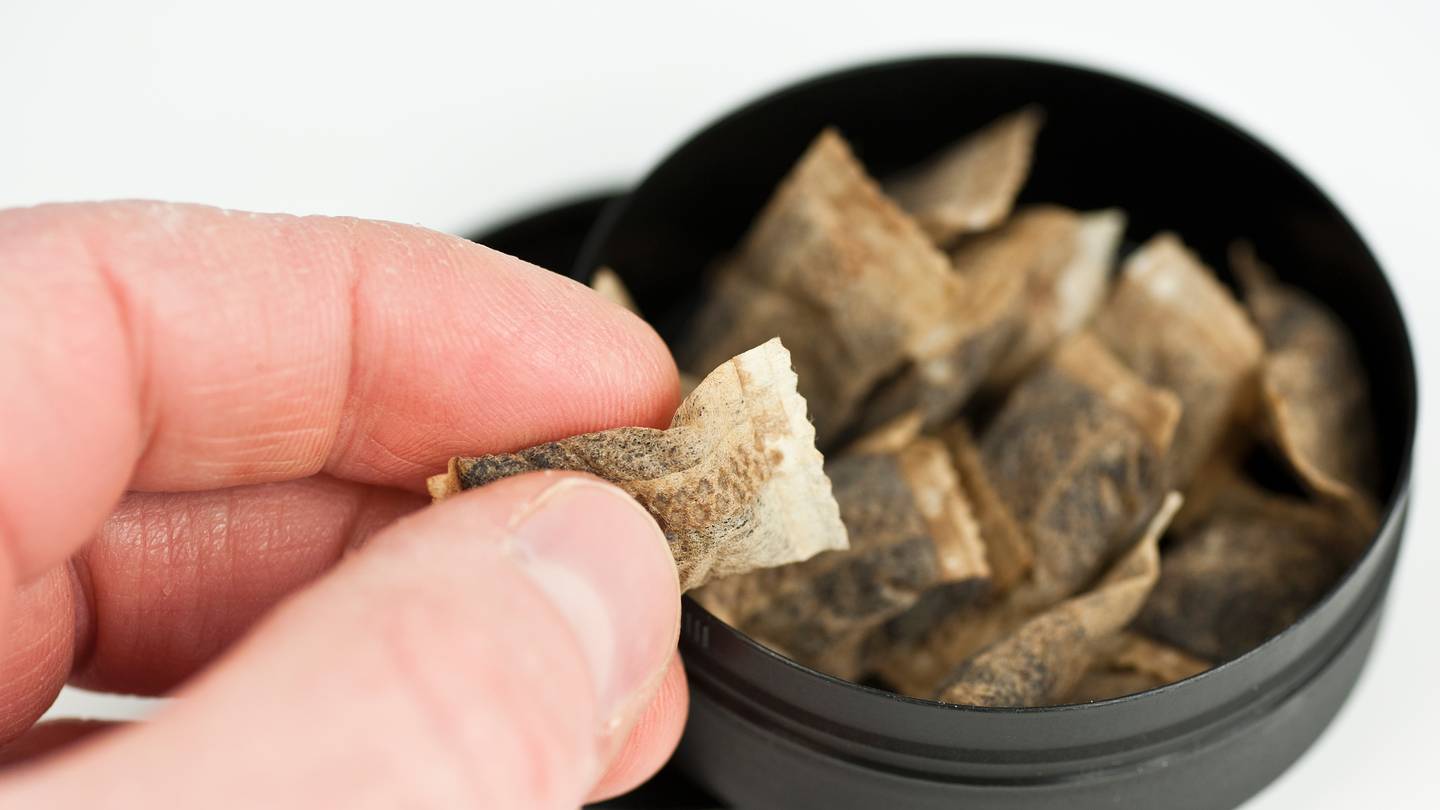They come in different shapes, colours, tastes and sizes. They might be a relief for someone who has just gotten back from the gym or the dinner table. They might be a long-awaited reward during a tough study session. They can be seen all over Kingston University campuses and many must surely have found themselves thinking: “What is this peculiar-looking ‘teabag’ that the Scandinavians put under their lip?”
“Having a snus after a meal or when I study is kind of mandatory for me. If I am doing something tedious I always have a snus in my lip or if I had a snack or a meal, I have to have a snus,” says Jesper Rye Berg, President for the Scandinavian Society at Kingston University.
Snus, as it is called in Swedish, is a common thing for many young adults to have in their back pocket in Sweden and Norway. Given the large Scandinavian population at Kingston University, pairs of pants with the characteristic ring etched onto the fabric can be found all over campus. The popularity of snus has steadily risen in the Scandinavian countries since the turn of the century. Many smokers have dumped the cigarettes to jump on the snus-bandwagon.
Many start using snus at a fairly young age, though originally it was first used as a remedy to migraine in 16th-century France.
“I started when I was 14 years old after some classmates of mine introduced me to it. I remember all of us would go around during break time with a snus tucked up our lips. Of course, as a 14-year-old, young and stupid as we were we tried it and quickly got hooked. And thus began the eternal struggle of getting our hands on it,” reminisces Berg.

Snus is made from air-dried tobacco mixed with salt, water and sodium carbonate. Some types are also added flavor (e.g. cranberry or mint). The nicotine content of one snus can range from eight milligrams to as much as 42 milligrams per gram of tobacco, which is the highest nicotine-per-gram snus available.
As per its popularity, countless studies have been conducted into usage and risks in Sweden and Norway. A study conducted by the Publich Health Agency of Sweden found that 19% males and 4% females use snus daily. In Norway, according to Statistics Norway, 10% said they use snus on a daily basis. So if this is such a popular product, why is it not sold across the European Union?
In 1992, the EU banned the sale of snus in all its member-countries, with Sweden being the only exemption. A 1985 WHO (World Health Organisation) study concluded that the use of snus is carcinogenic to humans. Which means that the use of the product can lead to cancer. A more recent report from the WHO concluded that snus might be less harmful than what was originally thought when banning the product in 1992. This report states that snus can be a way to reduce tobacco related harm.
So with snus being illegal in the UK, how do all the Swedish and Norwegian students cope when they cannot just go the store to buy? Jesper Rye Berg says he spent 2300 Norwegian Kroner (£185) at the tax free when he returned from his Christmas holiday.
“I think that amounts to 50 maybe 60 cans (each can containing 24 pouches) of snus. That is supposed to last the whole semester, but I have found myself to be short towards the end before,” admits Berg.
Snus can be divided into two major categories; loose and portion. The loose snus is moist powder tobacco that can be shaped to fit under the lip. The second variety of snus is called a portion snus, which is what is preferred by most. This type is a prepackaged, teabag-shaped pouch of tobacco that is similarly placed in the upper lip. There are also different nicotine volumes; stark and xtra stark. These have higher contents of nicotine per gram of tobacco.
It is worth mentioning that most people prefer the portion snus, as it is far less messy and much more discreet. A common joke in Norway and Sweden says the users of loose snus can more often than not be found amongst those aged 40 and over.
Despite the host of reports written by various doctors and organisations to ascertain the risks of using snus, the jury is still out as to whether it is directly linked to different kinds of cancer. Senior Consultant at the Cancer Registry of Norway, Tom K. Grimsrud still says that snus is not a viable option to cigarettes and refers to a report done by the WHO in 2009.

“In 2009 an expert group at the WHO went through all research that is done on snus, and they found sufficient evidence that the use of snus can lead to, amongst others, pancreatic and oral cavity cancer. I think people should start to listen more to the medical science conducted on this matter, rather than behavioral psychology and the like,” says Grimsrud.
According to the WHO, 54% of Swedish users of snus are ex-smokers, and Sweden is the only country to have reached the organisation’s goal of reducing cigarette smoking to less than 20% of the adult population. With these numbers in mind, and the progress on the manufacturing side, maybe it is time for the EU to reconsider the 1992 ban and introduce snus to the rest of the European population.

